Maps of Silence
Maps of Silence is a multimedia installation by Rafael Landea in collaboration with Gregory T. Kuhn. This project explores two different historical moments where the concept of silence took on social and political dimensions.
Buenos Aires 1975 / El Silencio es Salud (Silence is Health)
Nueva York 1986 / Silence = Death
The government of 1975 Argentina unveils a slogan with the intent to silence political expression. 1986 New York becomes an epicenter for people to denounce U.S. government silence about the deadly AIDS epidemic.
Time and time again, the imposition of silence will ultimately be challenged. Based on the principles of John Cage’s 4’33” piece, this installation fuses and transforms the voices of the people affected by both events into an expression of strength and resistance.
The installation includes gouache, ink and graphite drawings on wood and paper, and 4’33” video performances recorded by 20 artists in 10 different countries.
“Maps of Silence” was funded by the San Francisco Arts Commission as a winner of Individual Artist Grant in 2012. It was presented for the first time in 2013 in the “Exploratorium Museum of Art, Science, and Human Perception” in San Francisco, California, USA and in the “Museum of Art and Memory”, Department of Human Rights, La Plata, Buenos Aires, Argentina.
4’33” by John Cage, Copyright (c) 1960 by Henmar Press Inc.
Sole selling agent C.F. Peters Corporation.
Used by kind permission. All rights reserved.
Buenos Aires 1975
The silence imposed by the government.

The year 1975 was a tense time in Argentina just before a devastating military coup and brutal dictatorship that lasted until 1983. The government began the campaign “El Silencio es Salud” (Silence is Health). Although purportedly geared for motorists in the city of Buenos Aires to reduce excessive noise, it was widely interpreted as a warning for all Argentines to refrain from political expression. In those years a paramilitary group called AAA (Argentinean Anti-Communism Alliance) started a secret crusade of persecution and murder of many innocent politically active civilians throughout Argentina.
New York 1986

“Silence = Death”, a slogan created by six New York gay activists in 1986, which shows a Nazi-era pink triangle (used to identify the homosexuals in their camps). This campaign made prominent by activists in the group, AIDS Coalition to Unleash Power (ACT UP), drew on parallels linking the explosion of the AIDS epidemic, the indifference of the Reagan administration and the paralyzing silent fear and dread in a society faced with a terrifying force.
John Cage 4’33”

John Cage’s 1952 avant-garde musical composition 4’33’’ challenged the dichotomy of noise/sound and silence as the “absence of all sound or noise.” In his piece, Cage creates three distinct movements in which the musician does not play a note; instead, the performer and audience sit in “silence” for a total of 4 minutes and 33 seconds.
When critics described 4’33’’ as “silent,” Cage retorted, “they missed the point, there is no such thing as silence”, and he harkened back to his inspiration for the piece: a 1951 visit to Harvard’s anechoic chamber, in which one could purportedly experience the absence of all sound, i.e. utter silence. While there, absent any external noise, Cage did not experience silence, but instead heard the beating of his own heart, the blood pulsing through his veins, the varying pitch of his nervous system. He concluded, “Try as we might to make silence, we cannot. One need not fear the future of music.” And likewise one need not fear the future of humankind.
For, despite the attempts of all the oppressive forces to create it, there is truly no such thing as silence. Maps of Silence is a tribute to the victims and survivors of times in which silence was used as a tool of oppression. By experiencing their stories, we see, as John Cage did, that there is no such thing as silence.
Rafael Landea
Rafael Landea received his MFA from La Plata University, Buenos Aires, Argentina. He is a 2011 recipient of a San Francisco Arts Commission Grant for Individual Artists and he was featured in the 2012 “Our Radar”, Creative Capital database of art projects. His works are included in the public collections at MaM (Museum of Art and Memory), and MPB (Fine Arts Museum Buenos Aires) Argentina. His most recent solo exhibitions were “1930” Buenos Aires Holocaust Museum, “Maps of Silence”, a multimedia installation at the Exploratorium Museum of Art Science and Human Perception in San Francisco, and “Malvinas” Museum Malvinas (ESMA) Buenos Aires. Other solo exhibition venues include Grace Cathedral 1055 Gallery, San Francisco, CA, and, Archimboldo Gallery, Buenos Aires, Argentina. Group exhibition highlights include “Performance” at Gensler San Francisco, “Madres de Plaza de Mayo” CC Haroldo Conti, Buenos Aires. Landea has worked as a set designer and painter for theater in Argentina for more than 15 years. He has also been actively involved in designing and producing murals nationally and internationally; the latest in San Francisco, funded by Artery Project, and collaborations in Turin and Genoa, Italy. In 2019 created two large murals, Architecture University and the Law Library both in La Plata, Argentina. He has created illustrations for magazines and books for important Argentinean publishers as Anfibia, Malisia, EME, Ediciones B, and Universities, the latest in 2021: “Malvinas mi Casa” a book based on a diary written in 1829 in Malvinas/Falklands. Landea was selected for the 2020 Prequalified Artist Pool by San Francisco Arts Commission.
Gregory T. Kuhn
A multidisciplinary artist in the avant-garde of the performing and fine arts since 1986, as composer, sound engineer and designer, visual artist and designer, dramaturge, and collaborator. After receiving a BA in Music from Swarthmore College under composer Gerald Levinson, theory with David Finko and piano with Linda DePasquale, he worked with Relâche, New Music America 1987, and at the Yellow Springs Institute in the Philadelphia area. Since 1988 in the San Francisco Bay Area, he has collaborated on a great diversity of local, national and international projects for theater, multimedia, dance, and experimental and contemporary music performances, and installation art. Recent recognition includes the 2007 Isadora Duncan Award for S.F. Ballet’s Ballet Mori (with Ken Goldberg and Randall Packer), and the 2008 Lucille Lortel Award for Unique Theatrical Experience for Rinde Eckert’s Horizon, (directed by David Schweizer.)
Ongoing activities include new works by Paul Dresher, Rinde Eckert, Joan Jeanrenaud, Margaret Jenkins, Stephen Kent, Randall Packer/Zakros InterArts, Larry Reed/Shadowlight, Kitka, the San Francisco Contemporary Music Players, and the Other Minds Festival. Other concert and multimedia credits include projects with Alvin Curran, Lauren Elder, David Lang, Pauline Oliveros/Deep Listening, Joanna Haigood/Zaccho Dance, John Duykers and Melissa Weaver/Agape, Pamela Z, the late Contraband, the California EAR Unit, and projects with AsianImprovArts, CNMAT at UC Berkeley, SF International Arts Festival, City of Tribes records, and the Good Sound Foundation. In the theater world his credits include works by Berkeley Repertory Theater, Magic Theater, BRAVA, San Francisco Shakespeare Festival, Theater of Yugen, and the late Life On The Water. He has designed for Isadora Duncan Award performances by Joe Goode Performance Group, June Watanabe In Company, and Remy Charlip, and is often designing for other Bay Area artists.
Kuhn’s cross-disciplinary works of note include the 1990 Cretan Maze with Helena Mazzariello in the Robert Sibley Regional Preserve; the seismic Mori: An Internet-Based Earthwork which premiered in Tokyo and exhibited throughout the US (1999, with Goldberg, Matusik, and Packer), the 2004 Experimental Party Disinformation Center at the Luxe Gallery in NYC; and Narcissus’ Well (2007, with Howard, Packer, Smith).
His work is often supported by the generosity of Meyer Sound and Cycling74.
His work as a live sound engineer for contemporary music appears on numerous recordings, and the release,Living Labyrinths, is a live recording of his electronic/improvisational composition performed by Stephen Kent from the 2005 Garden of Memory Solstice concert.
Enrique Landea
Argentinean musician, is the creator of the videos Buenos Aires and New York, he is also responsible of the research in Buenos Aires and colaborator since the begining of the project.
The John Cage’s 4’33” performers:
Alessandro y Fabrizio, Torino, Italia
Georgina Roo, Paris, Francia
Orquesta Infanto Juvenil, Pehuajó, Argentina
Haydé West, Córdoba y Jujuy, Argentina
Kegel Kater & Electric Orifice Orchestra, San Francisco, USA
Clarissa Cestari, Barcelona, Spain
Nahuel Bon, Yogyakarta, Indonesia
Francesco Rosato, Tokyo, Japan
Lia Tortonese y Enrique Landea, La Plata, Argentina
J. Atalah Z. y J.J Valverde B., Santiago de Chile, Chile
Edith d’Imperio, Buenos Aires, Argentina
Martín Roo & Rocío Roo, Ensenada, Argentina
Marketa Klicova, New York, USA
Escuela de Educación Estética, La Plata, Argentina
Jim Cave, lighting design and an indispensable artistic consultant.
Craig Cooper, artistic input, administrative and emotional support, valuable aesthetic and technical analysis, and love.
San Francisco Arts Commission
Glenn Motowidlak: Photography at Exploratorium Museum, San Francisco, USA
Julieta de Marziani: Photography at Museum of Art and Memory, La Plata, Argentina
Gene Caprioglio from Edition Peters
Many thanks to:
Exploratorium West Gallery and Staff, Maria Morelli, Martin Roo, Kevin Chavez, Julio Mandel, Tim Lewis, Lauren Elder, Michele Pred.
Videos by collaborators worldwide who filmed their interpretations of Cage’s 4’33” for this project. The video presented in “Maps of Silence” is a compilation of fragments of these works. Musician Gregory Kuhn extracted the accidental sounds from each performance and remixes them into an original composition for this installation.
Used by4’33” by John Cage, Copyright (c) 1960 by Henmar Press Inc. Sole selling agent C.F. Peters Corporation. Used by kind permission. All rights reserved. www.edition-peters.com
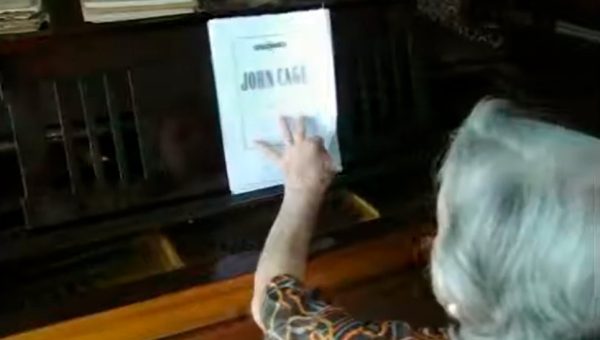
Play Video
Lia Tortonese & Enrique Landea / La Plata, Argentina
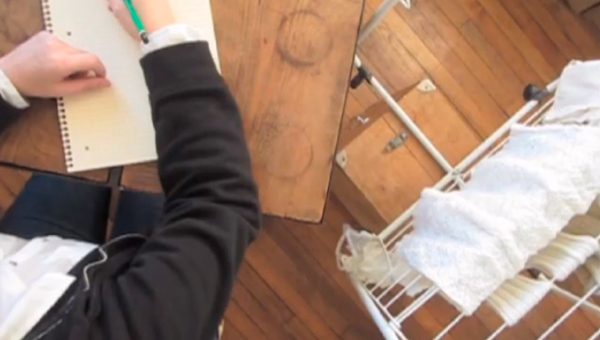
Play Video
Georgina Roo 4 / Paris, France
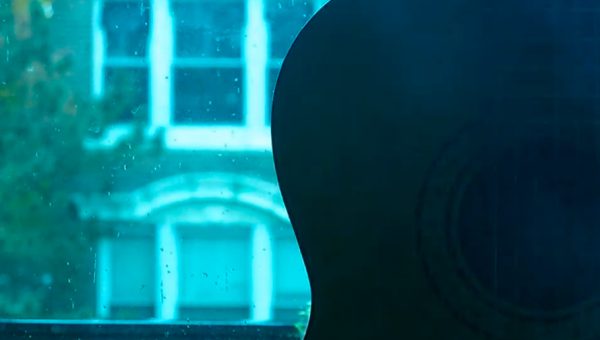
Play Video
Marketa Klicova / New York, USA

Play Video
Francesco Rosato / Tokyo, Japan
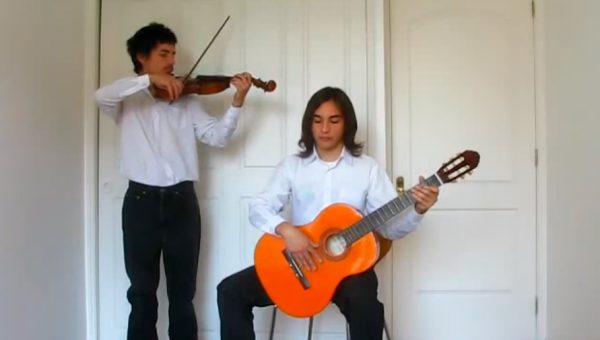
Play Video
J. Atalah Z. & J. J. Valvedere B. / Santiago de Chile, Chile
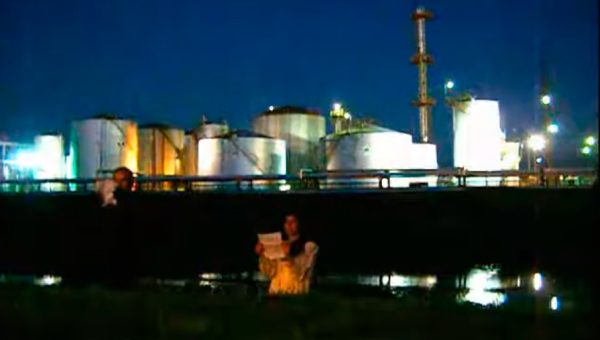
Play Video
Martín & Rocío Roo / Ensenada, Argentina
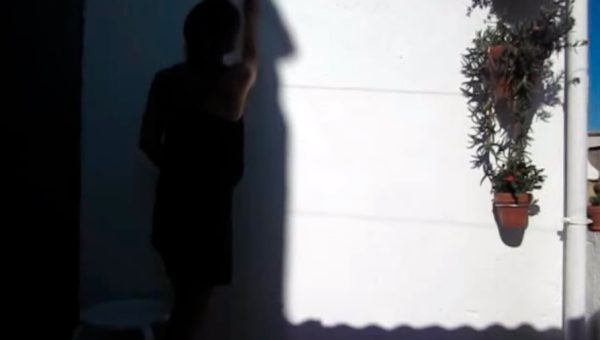
Play Video
Clarissa Cestari / Carmela Márquez / Antonio Forgione / Barcelona, España
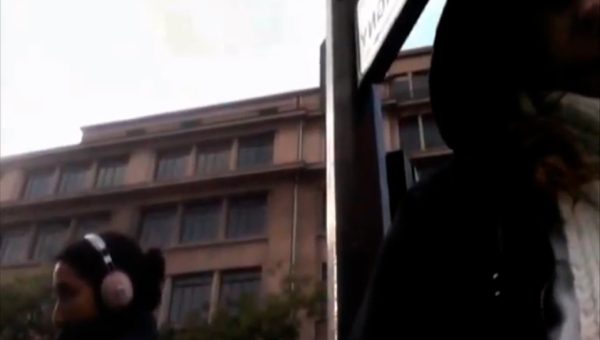
Play Video
Georgina Roo / Paris, France
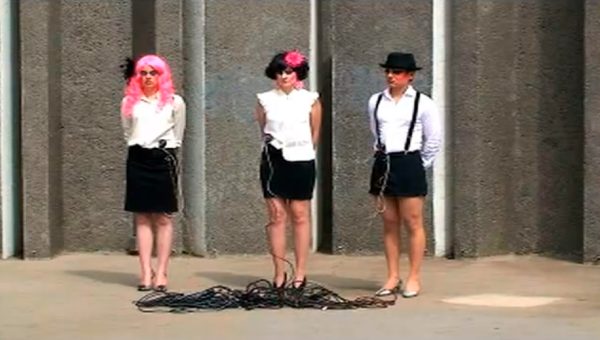
Play Video
Kegel Kater & Electric Orifice Orquestra / San Francisco, California
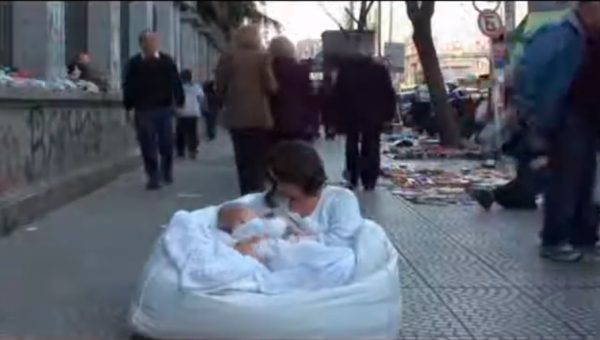
Play Video
Gaspar, Edith & Juan / Buenos Aires, Argentina
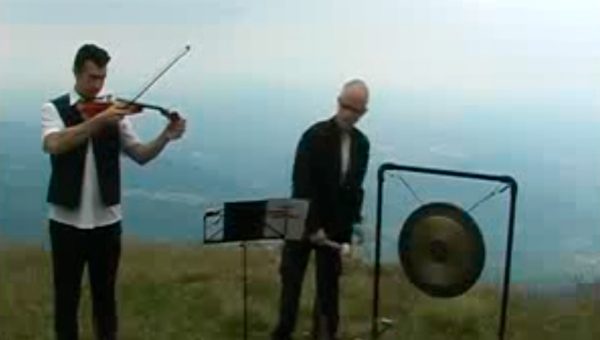
Play Video
Fabrizio & Alessandro / Torino, Italia
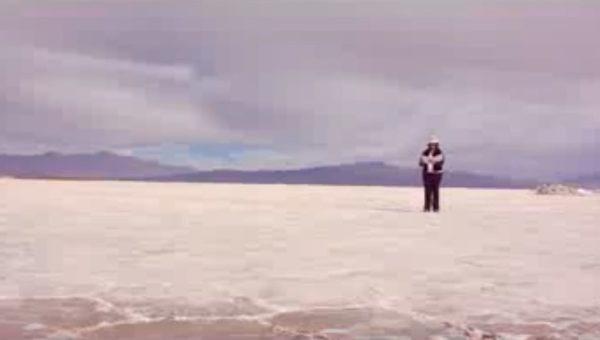
Play Video
Haydeé West / Salinas Grandes, Córdoba, Argentina
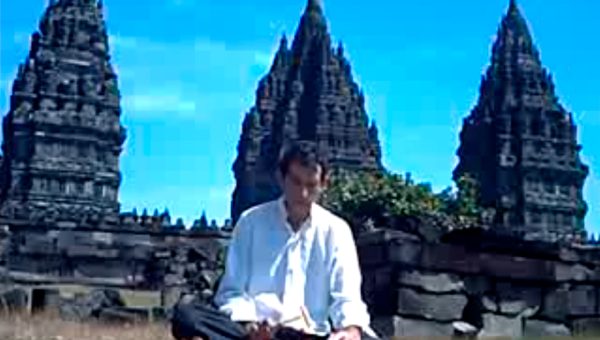
Play Video
Nahuel Bon / Yogyakarta, Indonesia
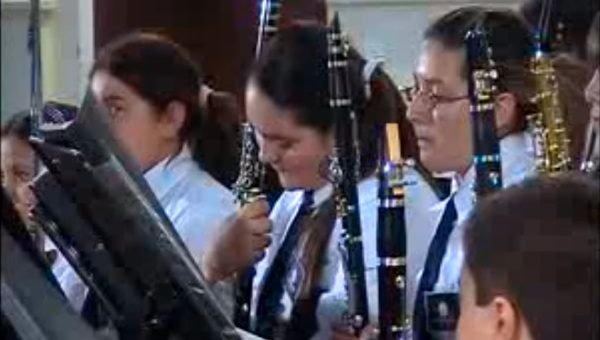
Play Video
Banda Infanto-Juvenil de Pehuajó / Pehuajó, Argentina
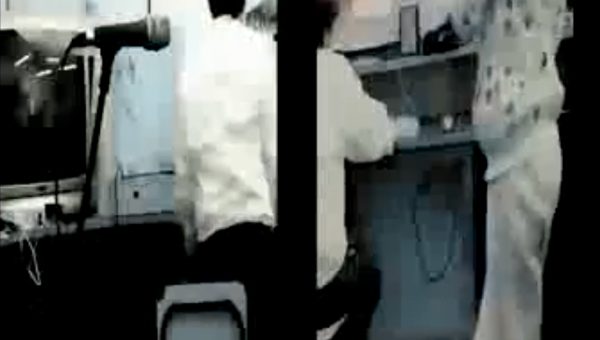
Play Video
Escuela de Educación Estética / La Plata, Argentina

Play Video
Haydeé West / Purmamarca, Jujuy, Argentina
One room no smaller than 10 x 15 feet that can be partially isolated from ambient light and sound
Localized lighting (e.g. spot lighting or similar) for portraits, maps and panels
Video projector and sound system/speakers
Traveling Exhibition:
- Sixty (60) mobiles of Portraits and Maps; 8 x 10 inch print reproductions of portraits and maps mounted double-sided on foam board. Hung on fish lines, images are placed at different heights/spacings and distance from the walls to create a spinning mobile effect.
- One Video; same at Full Exhibition
- Three (3) Panels; same as Full Exhibition
Technical needs:
- Same as Full Exhibition
Video Installation:
- Video; same as Full Exhibition. Shown via projector/screen, TV or computer monitor
- Three (3) Panels; same as Full Exhibition or a brochure with the same images and background information.
Technical needs:
- A single wall partially isolated from ambient light and sound
- Video projector, TV or computer monitor
- Sound system/speakers




























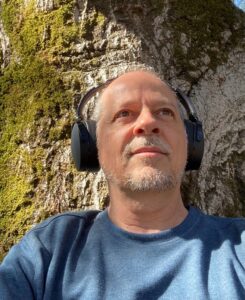 Rafael Landea received his MFA from La Plata University, Buenos Aires, Argentina. He is a 2011 recipient of a San Francisco Arts Commission Grant for Individual Artists and he was featured in the 2012 “Our Radar”, Creative Capital database of art projects.
His works are included in the public collections at MaM (Museum of Art and Memory), and MPB (Fine Arts Museum Buenos Aires) Argentina.
His most recent solo exhibitions were “1930” Buenos Aires Holocaust Museum, “Maps of Silence”, a multimedia installation at the Exploratorium Museum of Art Science and Human Perception in San Francisco, and “Malvinas” Museum Malvinas (ESMA) Buenos Aires.
Other solo exhibition venues include Grace Cathedral 1055 Gallery, San Francisco, CA, and, Archimboldo Gallery, Buenos Aires, Argentina. Group exhibition highlights include “Performance” at Gensler San Francisco, “Madres de Plaza de Mayo” CC Haroldo Conti, Buenos Aires.
Landea has worked as a set designer and painter for theater in Argentina for more than 15 years. He has also been actively involved in designing and producing murals nationally and internationally; the latest in San Francisco, funded by Artery Project, and collaborations in Turin and Genoa, Italy.
In 2019 created two large murals, Architecture University and the Law Library both in La Plata, Argentina.
He has created illustrations for magazines and books for important Argentinean publishers as Anfibia, Malisia, EME, Ediciones B, and Universities, the latest in 2021: “Malvinas mi Casa” a book based on a diary written in 1829 in Malvinas/Falklands.
Landea was selected for the 2020 Prequalified Artist Pool by San Francisco Arts Commission.
Rafael Landea received his MFA from La Plata University, Buenos Aires, Argentina. He is a 2011 recipient of a San Francisco Arts Commission Grant for Individual Artists and he was featured in the 2012 “Our Radar”, Creative Capital database of art projects.
His works are included in the public collections at MaM (Museum of Art and Memory), and MPB (Fine Arts Museum Buenos Aires) Argentina.
His most recent solo exhibitions were “1930” Buenos Aires Holocaust Museum, “Maps of Silence”, a multimedia installation at the Exploratorium Museum of Art Science and Human Perception in San Francisco, and “Malvinas” Museum Malvinas (ESMA) Buenos Aires.
Other solo exhibition venues include Grace Cathedral 1055 Gallery, San Francisco, CA, and, Archimboldo Gallery, Buenos Aires, Argentina. Group exhibition highlights include “Performance” at Gensler San Francisco, “Madres de Plaza de Mayo” CC Haroldo Conti, Buenos Aires.
Landea has worked as a set designer and painter for theater in Argentina for more than 15 years. He has also been actively involved in designing and producing murals nationally and internationally; the latest in San Francisco, funded by Artery Project, and collaborations in Turin and Genoa, Italy.
In 2019 created two large murals, Architecture University and the Law Library both in La Plata, Argentina.
He has created illustrations for magazines and books for important Argentinean publishers as Anfibia, Malisia, EME, Ediciones B, and Universities, the latest in 2021: “Malvinas mi Casa” a book based on a diary written in 1829 in Malvinas/Falklands.
Landea was selected for the 2020 Prequalified Artist Pool by San Francisco Arts Commission.